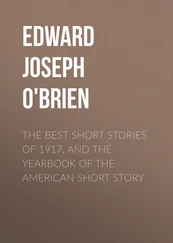Another silence comes to mind. A couple of years ago, Elaine and I had dinner at the home of Miller Thomas, formerly the head of my agency in Manhattan. Right — he and his wife, Francesca, ended up out here, too, but considerably later than Elaine and I — once my boss, now a San Diego retiree. We finished two bottles of wine with dinner, maybe three bottles. After dinner, we had brandy. Before dinner, we had cocktails. We didn’t know one another particularly well, and maybe we used the liquor to rush past that fact. After the brandy, I started drinking Scotch, and Miller drank bourbon, and, although the weather was warm enough that the central air conditioner was running, he pronounced it a cold night and lit a fire in his fireplace. It took only a squirt of fluid and the pop of a match to get an armload of sticks crackling and blazing, and then he laid on a couple of large chunks that he said were good, seasoned oak. “The capitalist at his forge,” Francesca said.
At one point we were standing in the light of the flames, I and Miller Thomas, seeing how many books each man could balance on his out-flung arms, Elaine and Francesca loading them onto our hands in a test of equilibrium that both of us failed repeatedly. It became a test of strength. I don’t know who won. We called for more and more books, and our women piled them on until most of Miller’s library lay around us on the floor. He had a small Marsden Hartley canvas mounted above the mantel, a crazy, mostly blue landscape done in oil, and I said that perhaps that wasn’t the place for a painting like this one, so near the smoke and heat, such an expensive painting. And the painting was masterful, too, from what I could see of it by dim lamps and firelight, amid books scattered all over the floor….Miller took offense. He said he’d paid for this masterpiece, he owned it, he could put it where it suited him. He moved very near the flames and took down the painting and turned to us, holding it before him, and declared that he could even, if he wanted, throw it in the fire and leave it there. “Is it art? Sure. But listen,” he said, “art doesn’t own it. My name ain’t Art.” He held the canvas flat like a tray, landscape up, and tempted the flames with it, thrusting it in and out….And the strange thing is that I’d heard a nearly identical story about Miller Thomas and his beloved Hartley landscape some years before, about an evening very similar to this one, the drinks and wine and brandy and more drinks, the rowdy conversation, the scattering of books, and, finally, Miller thrusting this painting toward the flames and calling it his own property, and threatening to burn it. On that previous night, his guests had talked him down from the heights, and he’d hung the painting back in its place, but on our night — why? — none of us found a way to object as he added his property to the fuel and turned his back and walked away. A black spot appeared on the canvas and spread out in a sort of smoking puddle that gave rise to tiny flames. Miller sat in a chair across the living room, by the flickering window, and observed from that distance with a drink in his hand. Not a word, not a move, from any of us. The wooden frame popped marvelously in the silence while the great painting cooked away, first black and twisted, soon gray and fluttering, and then the fire had it all.
This morning I was assailed by such sadness at the velocity of life — the distance I’ve traveled from my own youth, the persistence of the old regrets, the new regrets, the ability of failure to freshen itself in novel forms — that I almost crashed the car. Getting out at the place where I do the job I don’t feel I’m very good at, I grabbed my briefcase too roughly and dumped half of its contents in my lap and half in the parking lot, and while gathering it all up I left my keys on the seat and locked the car manually — an old man’s habit — and trapped them in the Rav. In the office, I asked Shylene to call a locksmith and then to get me an appointment with my back man.
In the upper right quadrant of my back I have a nerve that once in a while gets pinched. The T4 nerve. These nerves aren’t frail little ink lines; they’re cords, in fact, as thick as your pinkie finger. This one gets caught between tense muscles, and for days, even weeks, there’s not much to be done but take aspirin and get massages and visit the chiropractor. Down my right arm I feel a tingling, a numbness, sometimes a dull, sort of muffled torment, or else a shapeless, confusing pain.
It’s a signal: it happens when I’m anxious about something.
To my surprise, Shylene knew all about this something. Apparently, she finds time to be Googling her bosses, and she’d learned of an award I was about to receive in, of all places, New York — for an animated television commercial. The award goes to my old New York team, but I was the only one of us attending the ceremony, possibly the only one interested, so many years down the line. This little gesture of acknowledgment put the finishing touches on a depressing picture. The people on my team had gone on to other teams, fancier agencies, higher accomplishments. All I’d done in better than two decades was tread forward until I reached the limit of certain assumptions, and stepped off. Meanwhile, Shylene was oohing, gushing, like a proud nurse who expects you to marvel at all the horrible procedures the hospital has in store for you. I said to her, “Thanks, thanks.”
When I entered the reception area, and throughout this transaction, Shylene was wearing a flashy sequined carnival mask. I didn’t ask why.
Our office environment is part of the New Wave. The whole agency works under one gigantic big top, like a circus — not crowded, quite congenial, all of it surrounding a spacious break-time area, with pinball machines and a basketball hoop, and every Friday during the summer months we have a happy hour with free beer from a keg.
In New York, I made commercials. In San Diego, I write and design glossy brochures, mostly for a group of Western resorts where golf is played and horses take you along bridle paths. Don’t get me wrong — California’s full of beautiful spots; it’s a pleasure to bring them to the attention of people who might enjoy them. Just, please, not with a badly pinched nerve.
When I can’t stand it, I take the day off and visit the big art museum in Balboa Park. Today, after the locksmith got me back into my car, I drove to the museum and sat in on part of a lecture in one of its side rooms, a woman outsider artist raving, “Art is man and man is art!” I listened for five minutes, and what little of it she managed to make comprehensible didn’t even merit being called shallow. Just the same, her paintings were slyly designed, intricately patterned, and coherent. I wandered from wall to wall, taking some of it in, not much. But looking at art for an hour or so always changes the way I see things afterward — this day, for instance, a group of mentally handicapped adults on a tour of the place, with their twisted, hovering hands and cocked heads, moving among the works like cheap cinema zombies, but good zombies, zombies with minds and souls and things to keep them interested. And outside, where they normally have a lot of large metal sculptures — the grounds were being dug up and reconstructed — a dragline shovel nosing the rubble monstrously, and a woman and a child watching, motionless, the little boy standing on a bench with his smile and sideways eyes and his mother beside him, holding his hand, both so still, like a photograph of American ruin.
Next, I had a session with a chiropractor dressed up as an elf.
It seemed the entire staff at the medical complex near my house were costumed for Halloween, and while I waited out front in the car for my appointment, the earliest one I could get that day, I saw a Swiss milkmaid coming back from lunch, then a witch with a green face, then a sunburst-orange superhero. Then I had the session with the chiropractor in his tights and drooping cap.
Читать дальше

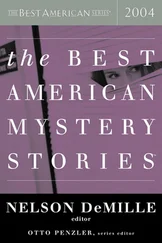

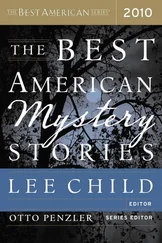
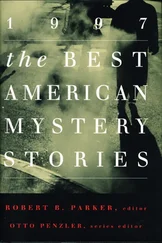

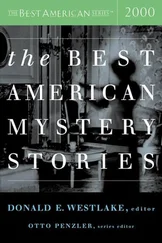

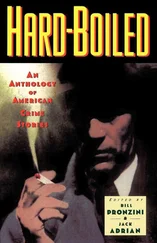
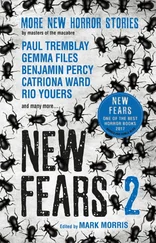
![Женя Джентбаев - neo futura [stories]](/books/692472/zhenya-dzhentbaev-neo-futura-stories-thumb.webp)
